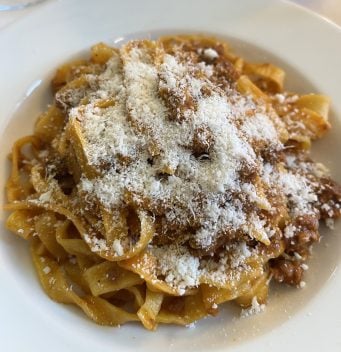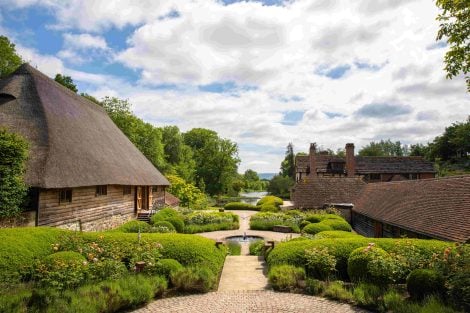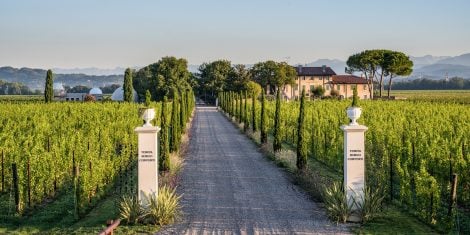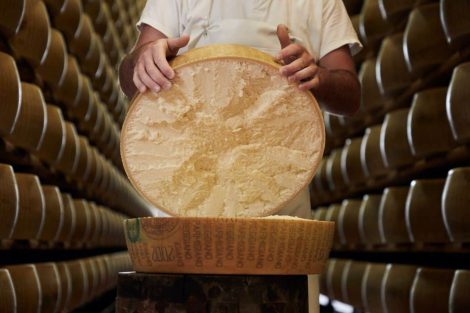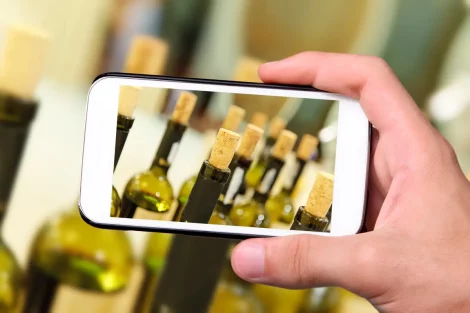From the early experimental plantings of the 1990s to the DOCG designation in 2011, Alta Langa has seen steady growth. There are currently around 380 hectares under vine, with production exceeding 3 million bottles per year. The number of participating wineries continues to rise, and the Alta Langa Consortium now brings together over 130 producers across the quiet, elevated hills spanning Cuneo, Asti, and Alessandria.
It is the only Italian sparkling wine which, by regulation, must be a vintage release and requires a minimum of 30 months of ageing on the lees.
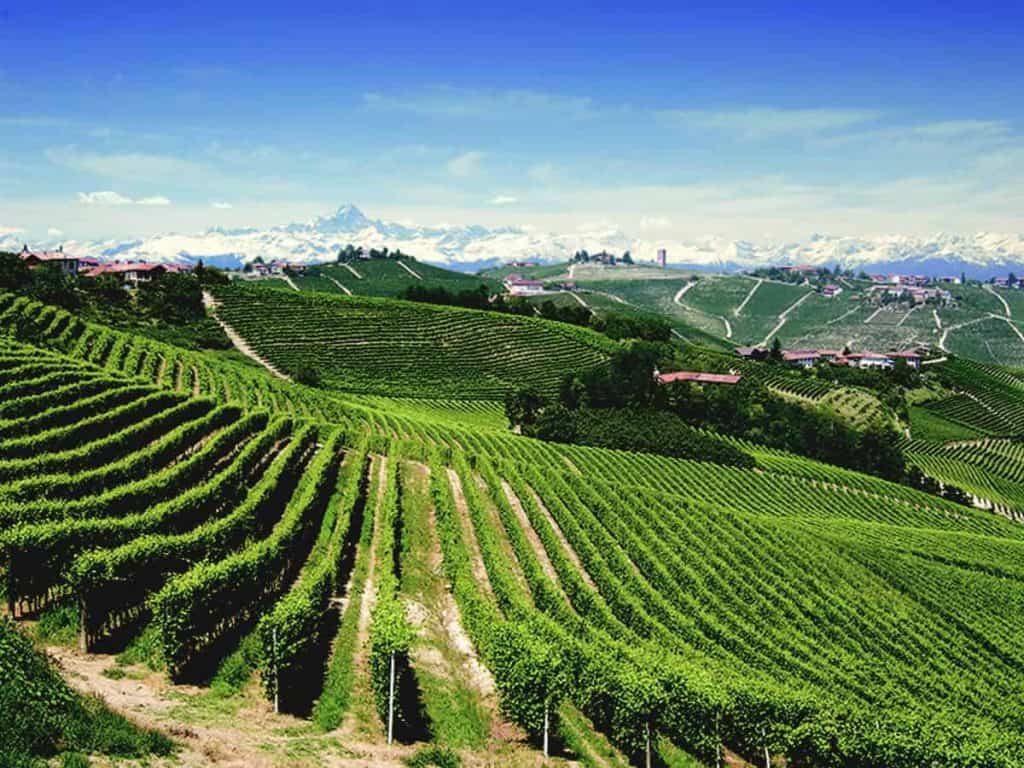
Tastings for the new edition of the Vini d’Italia Guide – more than 100 labels – confirm many of the impressions developed over the past year. Some producers are honing their skills with greater precision, and significant signs of evolution are emerging within this denomination. The many Alta Langa wines we sampled reinforce what we wrote last March, while offering further points for reflection.
The number of regional samples being tasted, as highlighted in the introduction to the 2025 edition, allows us to present a “high-resolution photograph” of a specific segment of Italian wine. Alta Langa, a classic method sparkling wine from Piedmont with around two decades of history, confirms itself as a reality with strong and tangible potential. An analysis of the tastings reveals a pattern: below the peaks of excellence, the average quality still has room to stabilise at fully satisfying standards.
Quality consistency
There are many characterful labels, but the quality gap still appears uneven. In the past, we’ve spoken of the need for greater production consistency, without sacrificing the expressive richness that derives from different soils and vineyards. This is a point we reaffirm today with conviction. It’s not merely a matter of image or prestige for its own sake, but rather a cornerstone in helping the denomination reach a broader and more informed public.
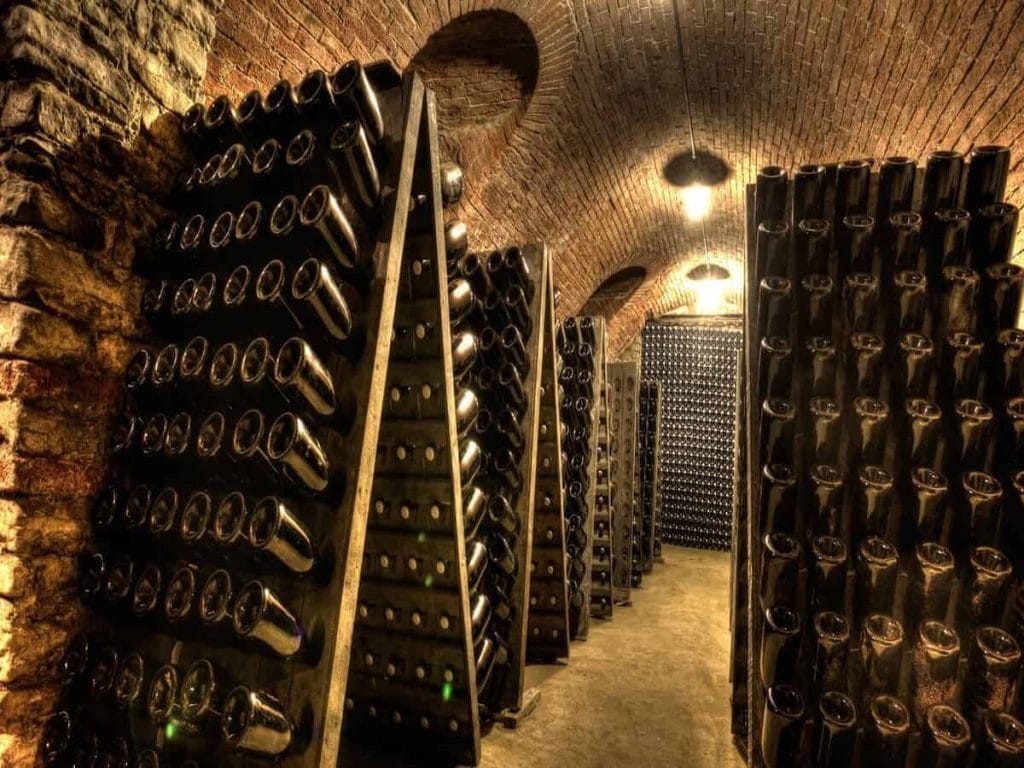
Well-defined Dosaggio Zero
The strategic choice to commit firmly to Dosaggio Zero is a forward-looking one. While this style may appeal less to the less-experienced international palate – as noted by Canadian Master of Wine Jacqueline Cole Blisson – it succeeds in highlighting two of Alta Langa’s defining features: vibrant freshness and sharp, almost rocky, minerality. Over time, these traits are becoming increasingly defined and complete.
Blanc de Blancs: an extra gear
A final consideration concerns the Blanc de Blancs category. Despite the denomination originally being based on experimentation with Pinot Noir, the versions made solely from Chardonnay remain relatively few. Yet several examples have proven not only interesting, but truly exciting. A sign that this may point toward a promising path for future development.

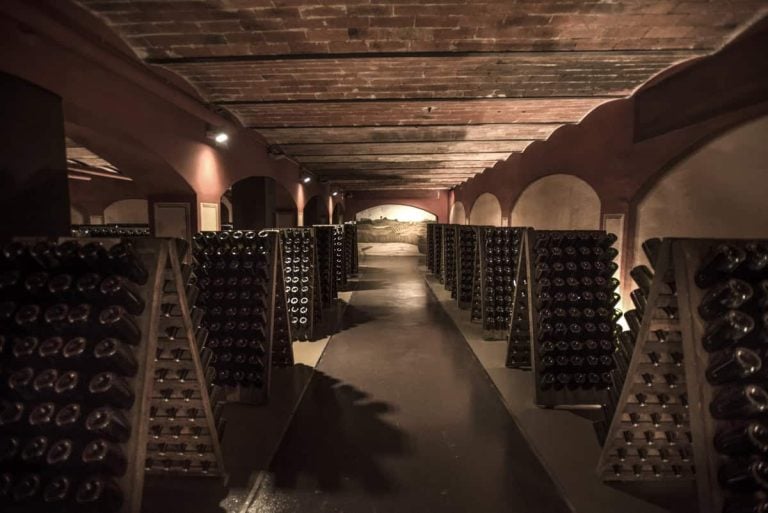
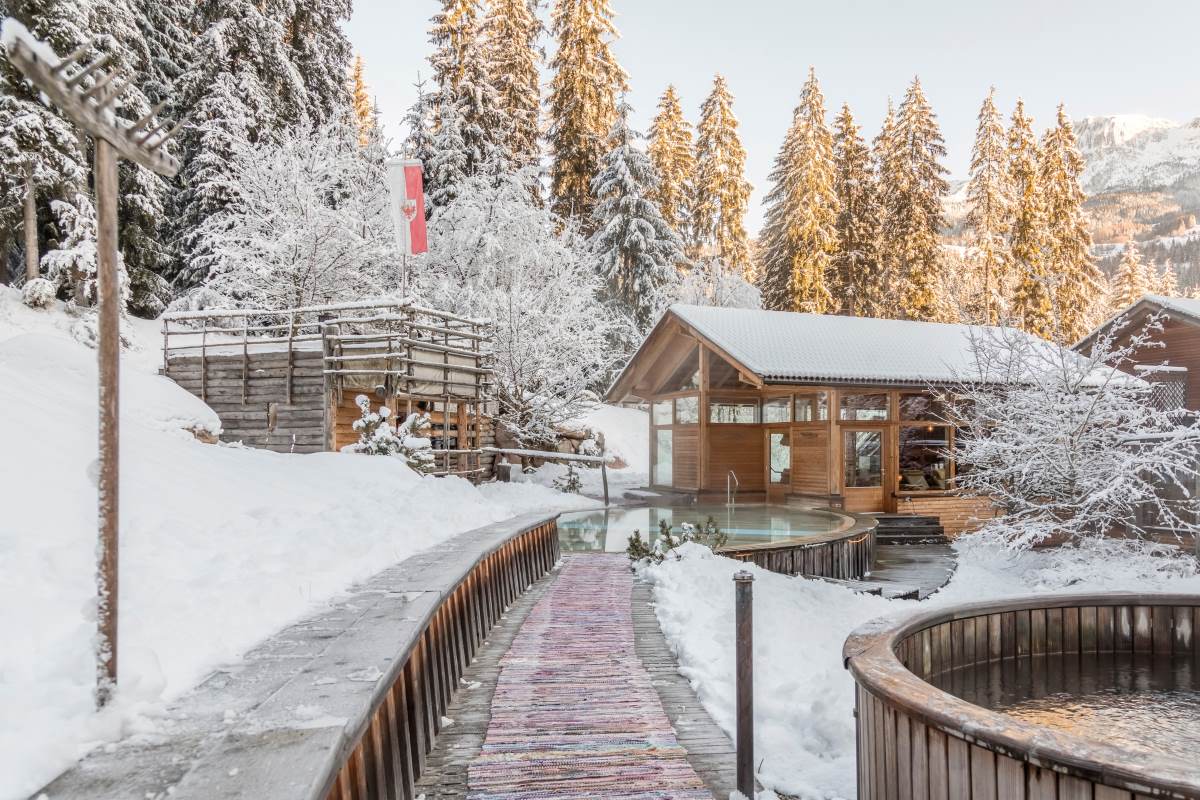 The alpine hotel where you can enjoy outstanding mountain cuisine
The alpine hotel where you can enjoy outstanding mountain cuisine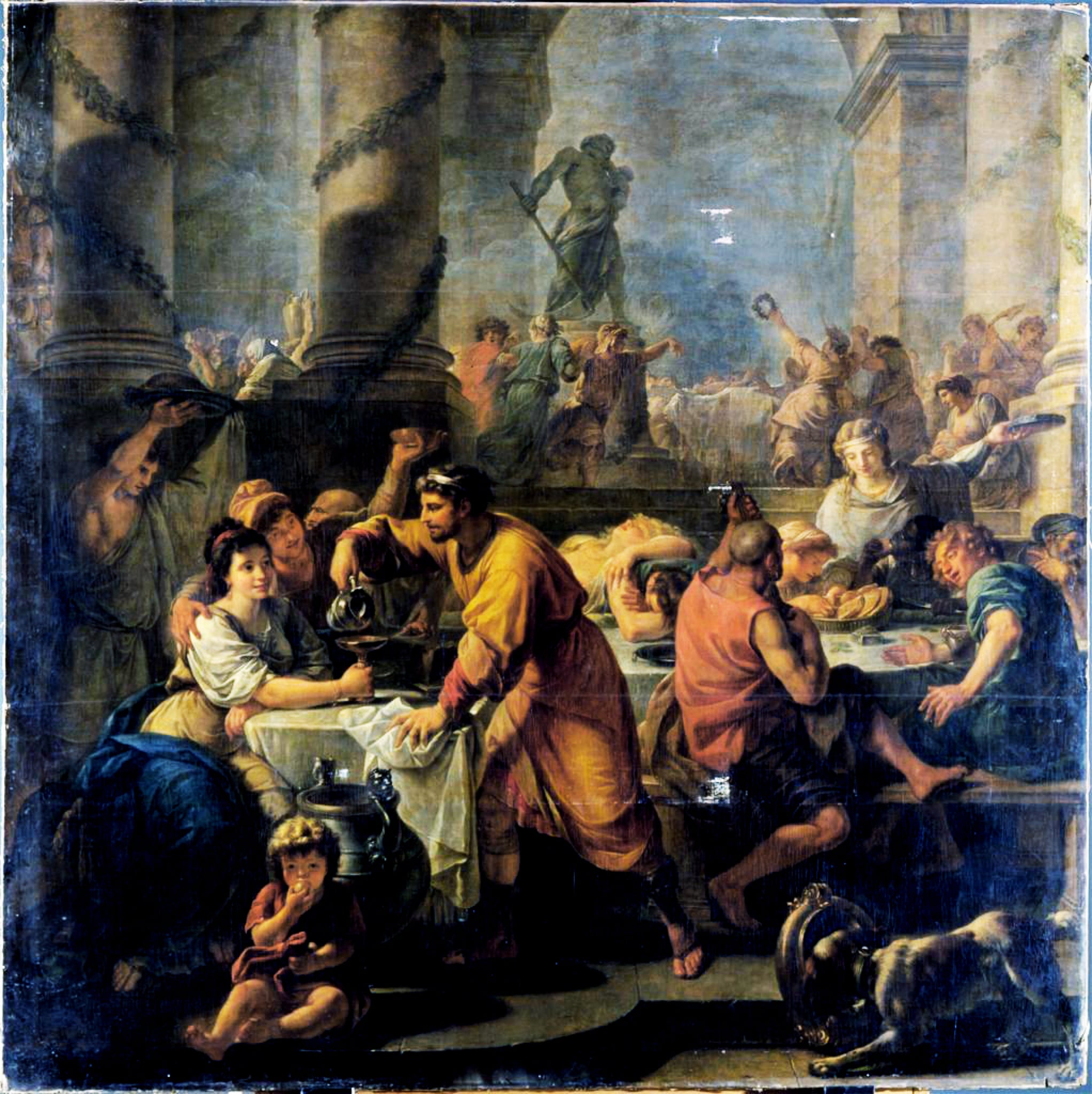 Io Saturnalia! How to celebrate the festive season like an Ancient Roman
Io Saturnalia! How to celebrate the festive season like an Ancient Roman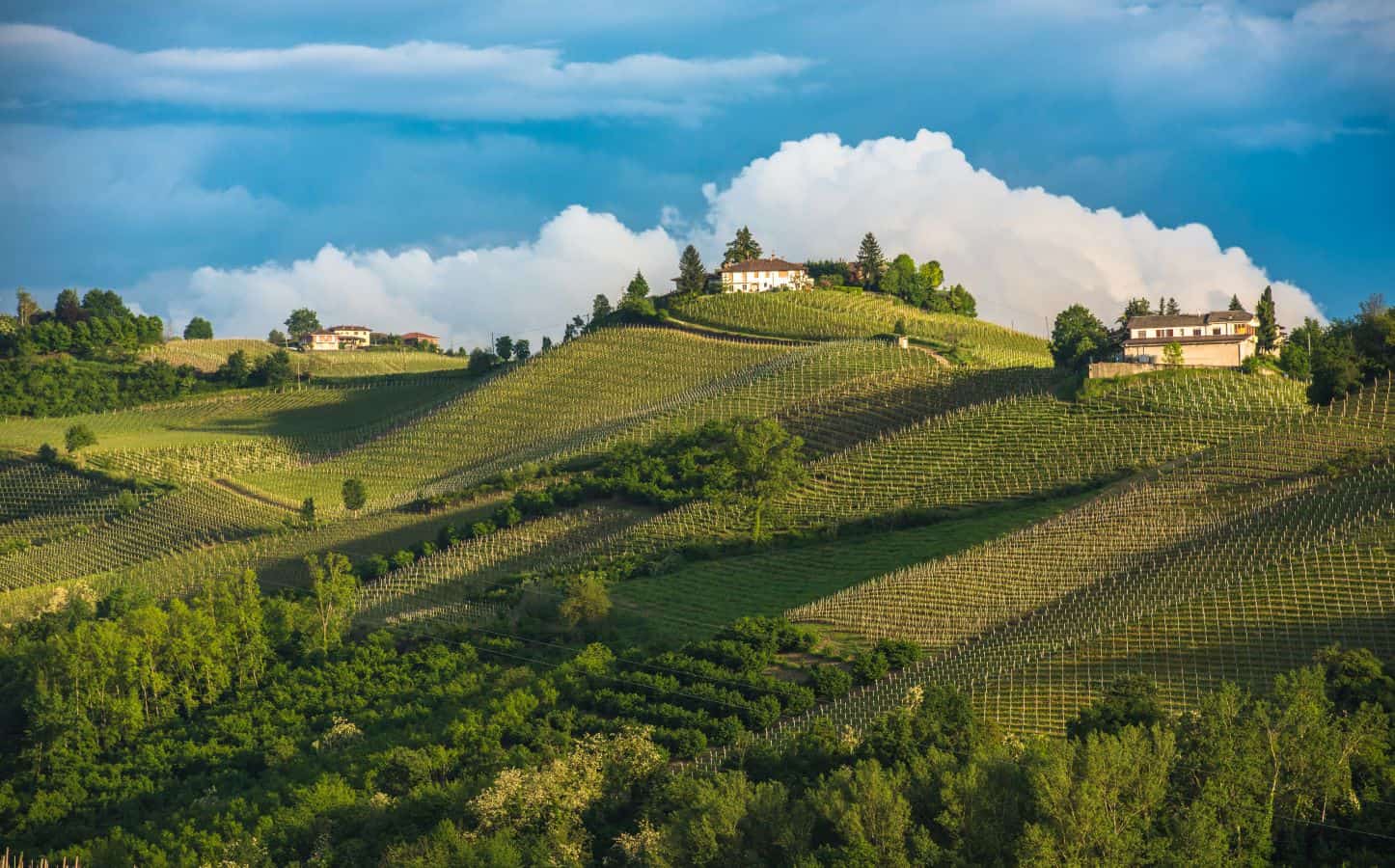 The UNESCO effect: tourism is growing, but there is a risk of losing identity
The UNESCO effect: tourism is growing, but there is a risk of losing identity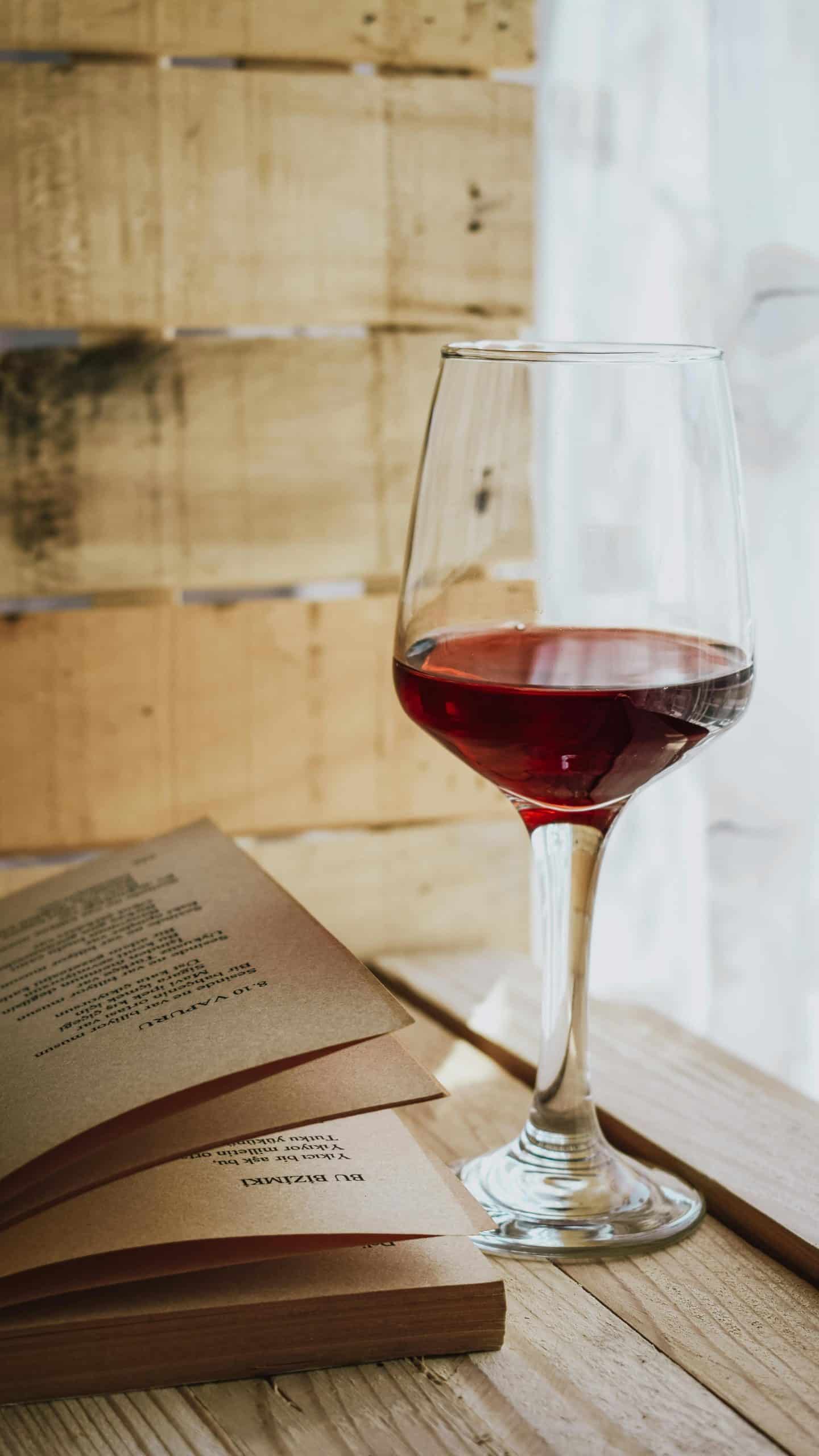 The perfect pairing? Wine and books
The perfect pairing? Wine and books 2025 was the year of Trump's tariffs – will 2026 be better for Italian wine in the US?
2025 was the year of Trump's tariffs – will 2026 be better for Italian wine in the US?
